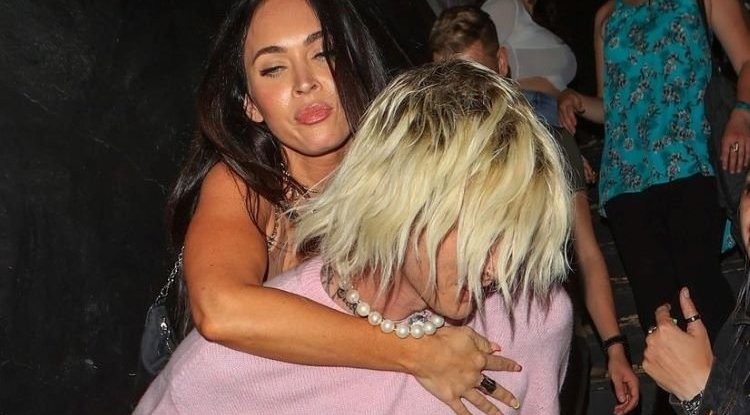Chord Mojo 2: Excellent headphone amplifier

The unusually well-performing Mojo headphone amplifier / D / A converter from British Chord Electronics has gained enormous popularity and hundreds of thousands of pieces sold are a relatively unique affair. This is primarily owing to the fact that the British have managed to maintain prices as low as possible while not losing materials, technology, or even the "Made in Great Britain" designation. Now comes the second, more innovative generation.
Although Mojo does not appear to require any big innovation, Mojo 2 demonstrates that something was discovered.

Appearance and construction
The gadget's chassis has stayed virtually unchanged; there is a well-known form of a slightly larger matchbox, which is astonishingly tiny, and there are also nicely rounded edges of the aluminum body, which prevents the device from tearing when carried in your pocket.
A nice cross-section with the manufacturer's logo appears on one of the lengthier upper edges, and four recessed balls, similar to the original version, appear on the opposite side (there were, however, three). Previously, all of the buttons were the same size; today, the extreme ball buttons are smaller, but user comfort remains unchanged.
The big buttons in the center are used to change the volume, the middle one initiates the setting/menu mode, and the second one is used to switch modes. It will take some time to become used to the logic of control and answers through shifting colors, as it did with the previous generation. The chord includes a useful little piece of paper in the package that describes all of the states and colors.
On one of the shorter walls (again, identical to the Mojo), there are two 3.5 mm parallel headphone outputs (one of which did not change to asymmetrical output during the update), and there are five connectors at the opposite end (because one new USB interface has been added).

There is a 3.5 mm coaxial input, a full-format optical input, and three USB - one micro USB for charging (the new battery is 9 percent larger and reportedly loses power 75 percent slower - is the fact that the original Mojo sometimes discharged quite quickly despite not being used), the other micro USB, and the new USB-C are signal.
The utilization of an FPGA compute array rather than a traditional D / A converter chip is critical. Chord develops its own software and controls all signal processing. The most important new feature is the DSP processor, which allows you to tailor the signal processing to your preferences.
In practice, these are tone corrections, albeit crossfeed is also included in the previously mentioned "offer." The equalizer is also utilized for filtering, which is accomplished through the usage of the company's WTA (Watts Time Alignment) technology.

The varied range of volume control is also intriguing - there are two modes that differ dramatically in the steepness/subtlety of the control, but Chord does not provide any documentation. At one point, the regulation switches from "quiet" to "loud" settings. As a result, it is not a user preference, such as the type of headphones.
Mojo 2 has a pretty appealing option to "feed" even 600-ohm headphones; more importantly, it supports 24 bit / 768 kHz resolution for PCM signal and DSD256, as well as DoP playback. Other parameters that the two-hundred-meter gadget is proud of include dynamic range 125.7 dBA, THD + N 0.00027 percent (2.5 V / 300 ohm), and power 90 mW to 300 ohms at 1% distortion (respectively 600 mW / 30 ohm).
The impedance at the output is only 0.06 ohm. These are amazing figures for such small and essentially inexpensive equipment.

Verdict
The original Mojo was a mobile headphone listening phenomenon: for a reasonable price, you received a sturdy chassis, support for a wide range of resolutions and codecs, and more than enough headphone quality. Nu and Mojo 2 are actually the same (in terms of basic appearance, weight, or control originality), just a little better - it has a little more connectors (to meet the new USB party requirements), a little more features (some for headphones and really useful as crossfeed), and a slightly better battery life.

- Compatibility Android, iOS, LINUX, OSX, Windows
- Inputs digital optical, digital SPDIF, micro USB, USB-C
- Outputs 3.5mm analog jack, headphone amplifier
- Weight 0.185 kg
- Dimensions 6.2 × 2.29 × 8.3 cm





























